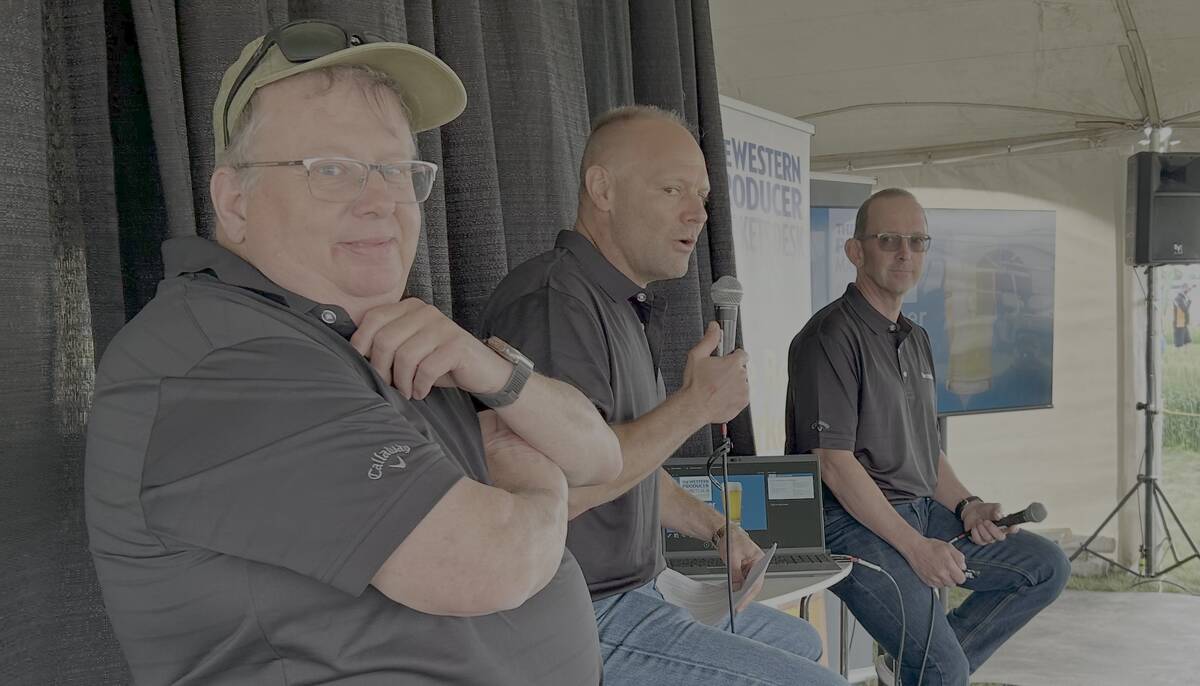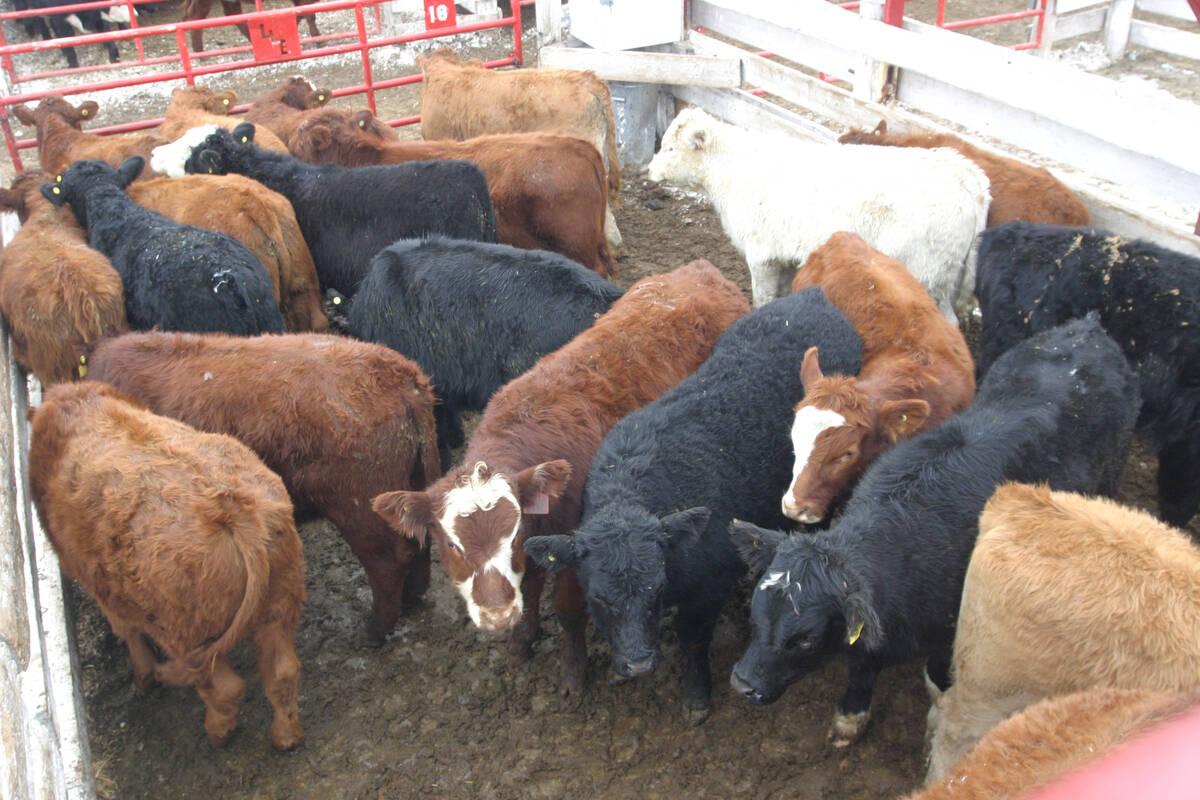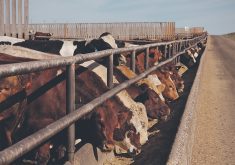For the week ending July 4, there were no feeder cattle sales in Western Canada due to holidays on July 1 and July 4.
Major auction markets in the United States were also closed or had limited numbers on offer. Prices quoted from south of the border were steady to $4 higher on average, but the market was hard to define.
From a seasonal perspective, the feeder market trades sideways through July before marginally increasing in August. The market tends to stagnate during September and then grinds lower in October.
Read Also

One Beer Market Updates Day 3 – Lentils and beef
Day 3 of the One Beer Market Update at Ag in Motion 2025.
Prices for calves tend to make seasonal lows during October or early November.
Cattle feeders are expecting the same type of price behaviour this summer.
I always advise cow-calf producers to avoid selling calves in October because this is usually the lowest price in the fall.
For the week ending July 4, Alberta packers were buying fed cattle in the range of $293-$295 per hundredweight f.o.b. feedlot in the Lethbridge area. Values are steady to $2 per cwt. lower than seven days earlier.
In Alberta and Saskatchewan, cattle on feed 150 days or more as of June 1 were 359,177 head, up 2.9 per cent, or 9,957 head, from the June 1, 2024, number of 349,220.
In the U.S., cattle on feed 150 days or more as of June 1 were 3.013 million head, up 253,000 from 12 months earlier.
The fed cattle market is expected to grind lower over the next month, which will weigh feeder cattle prices.
During the last week of June, 1,050-pound steers in central Saskatchewan were valued at $390 per cwt. in central Saskatchewan for early September delivery.
For August and September delivery, 1,000 lb. steers have been trading in the range of $395-$400 per cwt. in central Alberta.
The break-even fed cattle price for these steers in January 2026 is $330 per cwt. This includes all costs such as feed, yardage and processing.
The breakeven for only feed and interest costs is in the range of $317-$320 per cwt.
It’s important to note that the February 2026 live cattle futures are reflecting an Alberta fed cattle price of $286 per cwt. These cattle are severely under water.
The margin structure does not look much different for calves.
In central and southern Alberta, higher quality calves weighing 550 lb. have been trading around $585 for October and November delivery. The breakeven on these calves when finished for August and September 2026 is around $315 per cwt.
The August 2026 live cattle futures are reflecting an Alberta fed cattle price of only $270 per cwt.
Interest charges have added another layer of costs.
Past history tells us that feedlot operators need to endure one full round of feeding with negative margins before there is a serious downward adjustment on the feeder market. Therefore, it’s important that cattle producers sell calves and yearlings earlier rather than later.
This summer and fall, we’re expecting cow-calf producers on both sides of the border to retain heifers for herd expansion.
As rule of thumb, feedlot operators experience severe negative margins when the first round of retention occurs after years of herd contraction.
The feeder market needs to ration demand. Prices tend to overextend to the upside. This is an opportunity for the cow-calf producer, but a terrible situation for the feedlot operator.

















